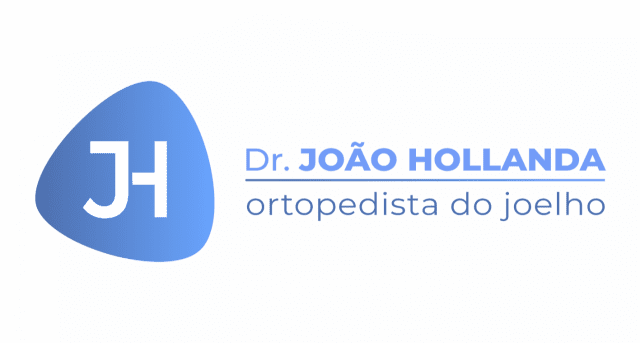Neuropathic Pain
29 de março de 2021Intravenous Infusions
29 de março de 2021Checklist for Therapeutic Use Exemption (TUE) Application:
Male Hypogonadism
Prohibited Substances: Testosterone, human chorionic gonadotropin
This Checklist is to guide the athlete and their physician on the requirements for a TUE application that will allow the TUE Committee to assess whether the relevant ISTUE Criteria are met.
Please note that the completed TUE application form alone is not sufficient; supporting documents MUST be provided. A completed application and checklist DO NOT guarantee the granting of a TUE. Conversely, in some situations a legitimate application may not include every element on the checklist.
| | TUE Application form must include: | |
| | All sections completed in legible handwriting | |
| | All information submitted in [language] | |
| | A signature from the applying physician | |
| | The Athlete’s signature | |
| | Medical report should include details of: | |
| | Medical history: pubertal progression; libido and frequency of sexual activity including duration and severity of any problems; erections and/or ejaculations; hot flushes/sweats; testicular disorders; significant head injuries, if any; orchitis; family history of delayed puberty as applicable; non-specific symptoms (whether positive or negative) | |
| | Physical examination: gynecomastia; hair pattern (axillary & pubic), reduced shaving; testicular volume by orchidometer or ultrasound; height, weight, BMI; muscular development and tone (must be addressed and included) | |
| | Interpretation of history, presentation and laboratory results by the treating physician, preferably a specialist in endocrinology with sub-specialization in andrology | |
| | Diagnosis: primary or secondary hypogonadism; organic or functional (please note that TUEs will
only be granted for organic causes) |
|
| | Substance prescribed (testosterone and human chorionic gonadotropin are both prohibited at all times) including dosage, frequency, administration route | |
| | Treatment and monitoring plan | |
| | Evidence of follow-up/monitoring of athlete by qualified physician for renewals | |
| | Diagnostic test results should include copies of: | |
| | Laboratory tests (before 10 am and fasting at least two times within a 4 week period at least 1 week apart): Serum total testosterone, serum LH, serum FSH, serum SHBG | |
| | Additional information to be included if indicated | |
| | Semen analysis including sperm count if fertility is an issue | |
| | Inhibin B (when considering Congenital Isolated Hypogonadotropic Hypogonadism or Constitutional Delayed Puberty) | |
| | MRI of pituitary with and without contrast; pituitary function tests as indicated – e.g. morning cortisol, ACTH stimulation test, TSH, free T4, prolactin | |
| | Other diagnostics to identify an organic etiology for secondary hypogonadism (e.g. prolactin, iron studies and genetic testing for hereditary hemochromatosis) | |
| | Dexa scan, if appropriate | |


